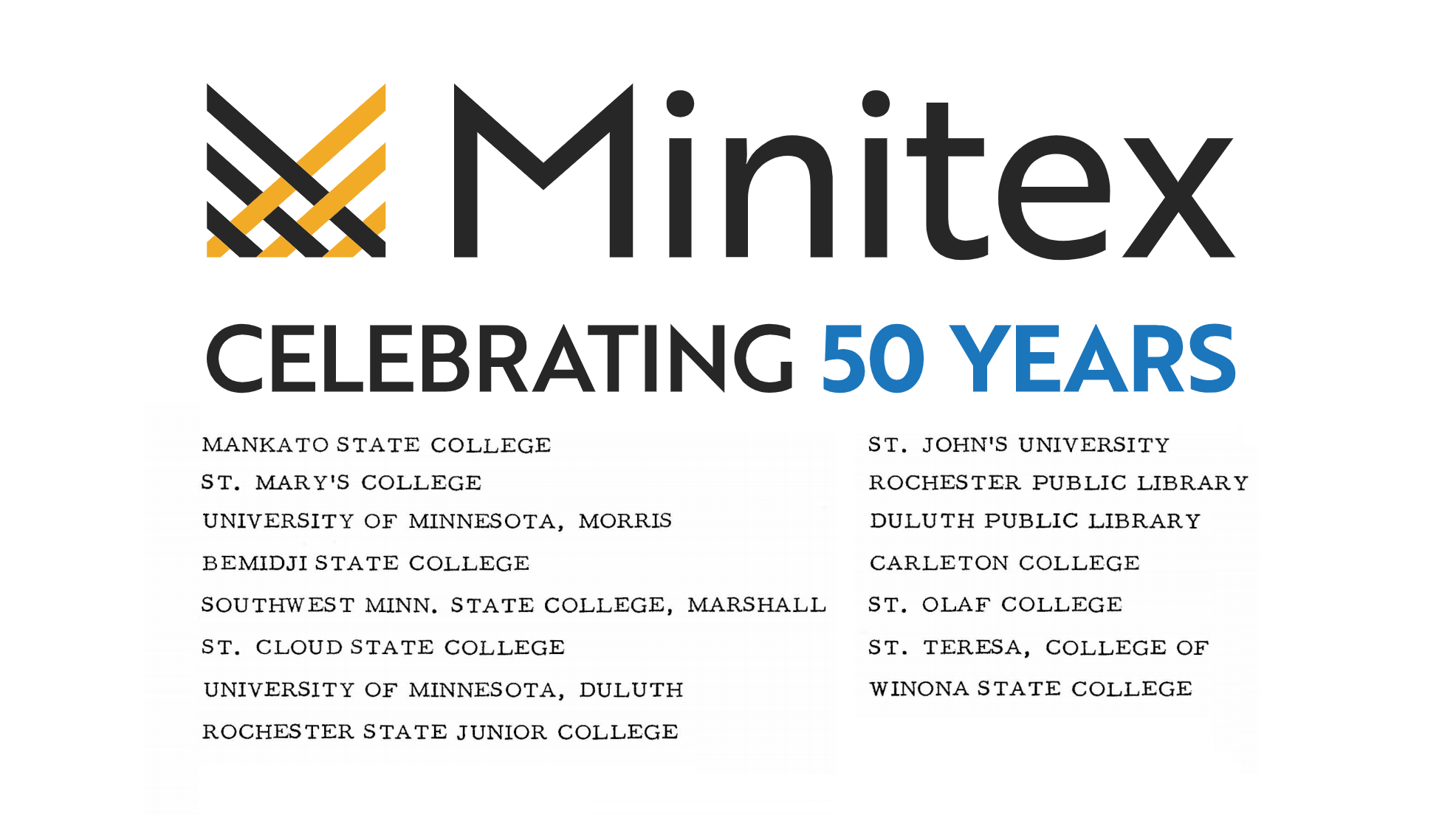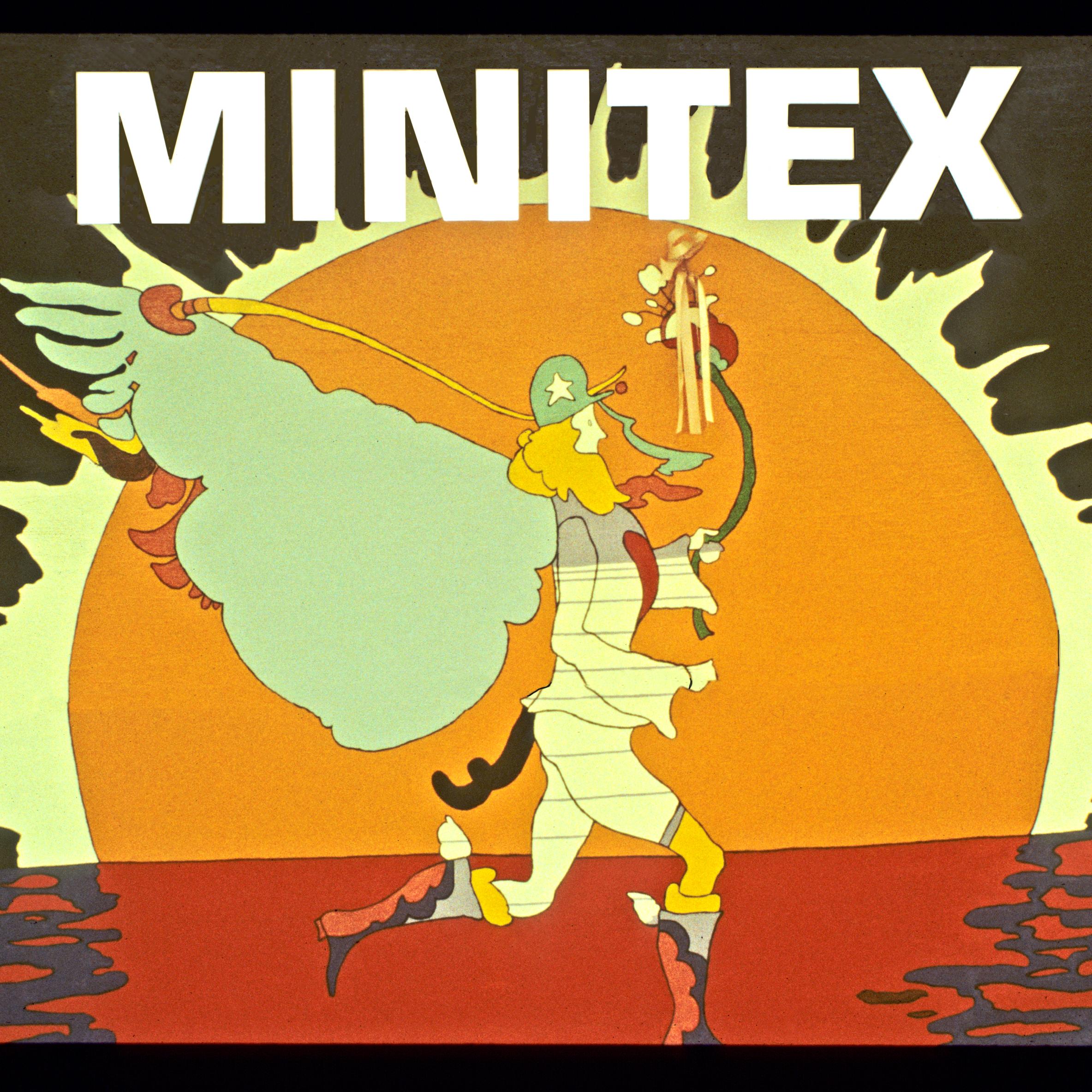by Zach Miller
Quick Summary
On July 24, 1970, Alice Wilcox issued the MINITEX Pilot Project Report. In the report's recommendations, she wrote, "it is in the public interest to provide access to the major bibliographic collections for all citizens with information needs." Without the 15 libraries that participated, the pilot project could never have succeeded.

On July 24, 1970, Alice Wilcox issued the MINITEX Pilot Project Report. In the report's recommendations, Wilcox wrote, "it is in the public interest to provide access to the major bibliographic collections for all citizens with information needs. A system is required to do this efficiently, inexpensively, with minimal deterioration of resources, and without jeopardizing its availability to the primary users."
Just two years before Wilcox wrote these words, the project was still in its planning stages, and library staff at the University of Minnesota were in the process of designing an experiment with 11 partner libraries: The Minnesota Interlibrary Teletype Experiment (MINITEX). Wilcox, a member of the staff, would lead the project. According to a history written by Edward B. Stanford, then Director of Libraries at the University of Minnesota, MINITEX was "designed to obtain information, from actual experience in expediting interlibrary requests through teletype communication, custom handling, and rapid delivery arrangements." The experiment was announced in December 1968 and the first requests were submitted the next month.
MINITEX could not have gone forward without the libraries that participated in the experiment: Bemidji State College, Duluth Public Library, St. John's University, Mankato State College, Rochester Public Library, University of Minnesota-Duluth, Southwest Minnesota State College, Rochester State Junior College, St. Mary's College, Saint Cloud State College, and the University of Minnesota-Morris. These libraries were "carefully selected to represent private college, state college, junior college, university branch campus, and public library needs for access to the resources of the University Library."
In November 1969, Winona State College, Winona Public Library, and the College of Saint Teresa (libraries of the Winona Cooperative Library Network), joined the effort. Two months later, Saint Olaf College and Carleton College joined as well.
The cost of the pilot project was paid by state and federal grants allocated by the the Library Division of the Minnesota Department of Education and by a grant from the Louis and Maud Hill Family Foundation. Louis Hill was the third-born child of James J. Hill, and served as president of the Great Northern Railway (forerunner to Burlington Northern Railroad).
When Wilcox pronounced the experiment a success, a name change was in order. "Therefore," she wrote, "it is recommended that: The pilot project MINITEX (Minnesota Interlibrary Teletype Experiment) be expanded into a permanent, state-wide interlibrary service (Minnesota Interlibrary Teletype Exchange)."




